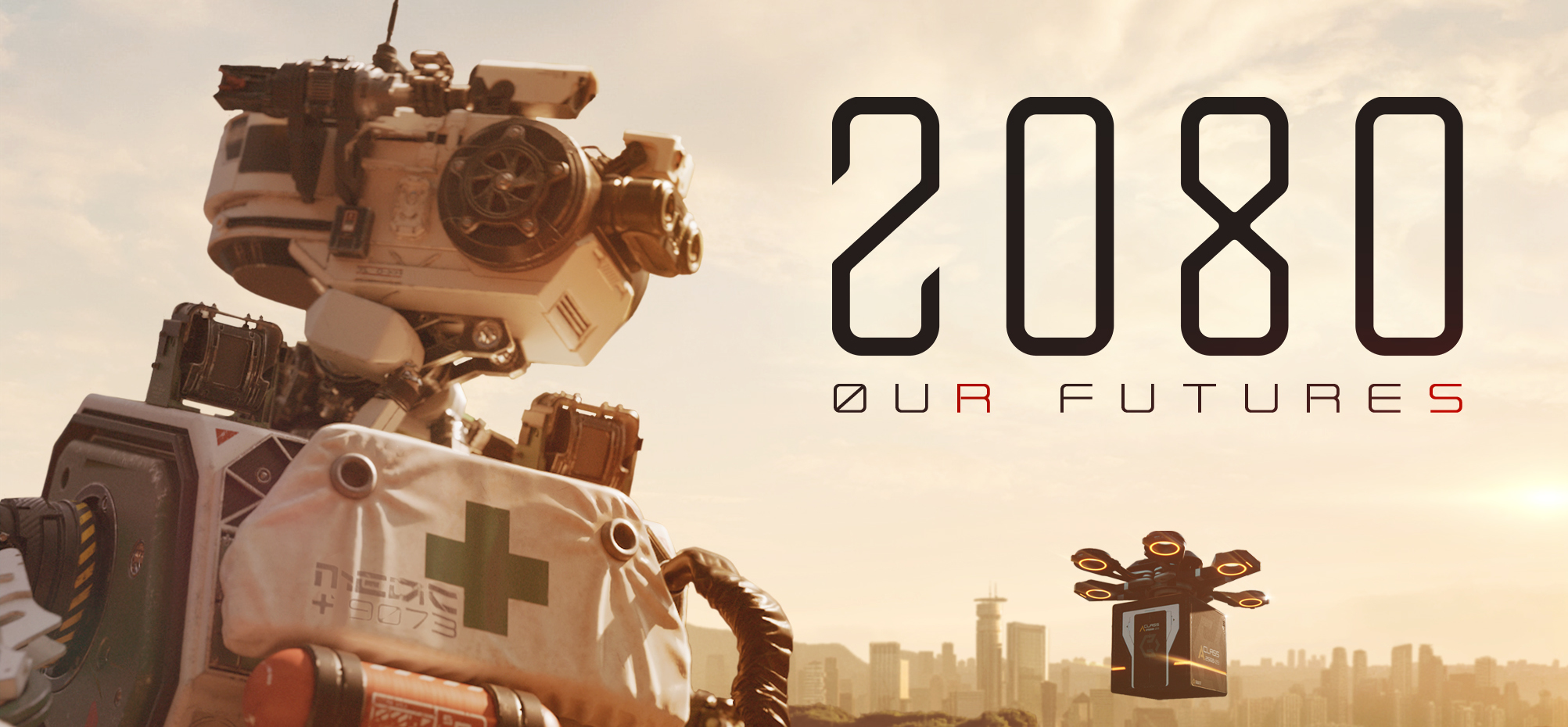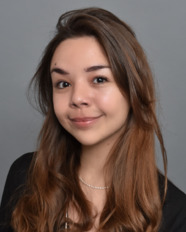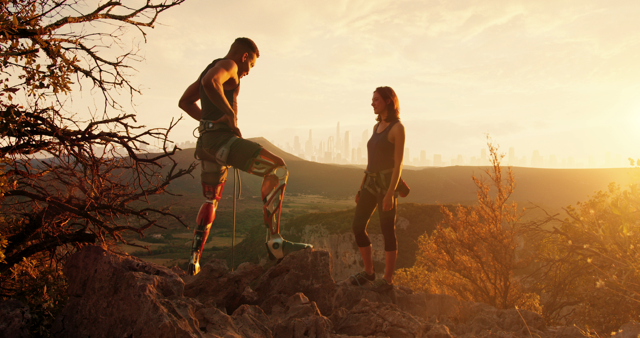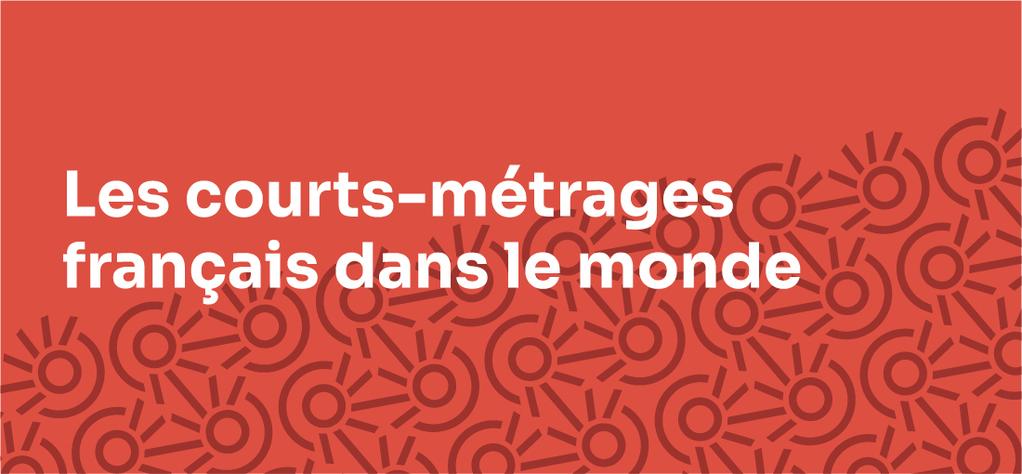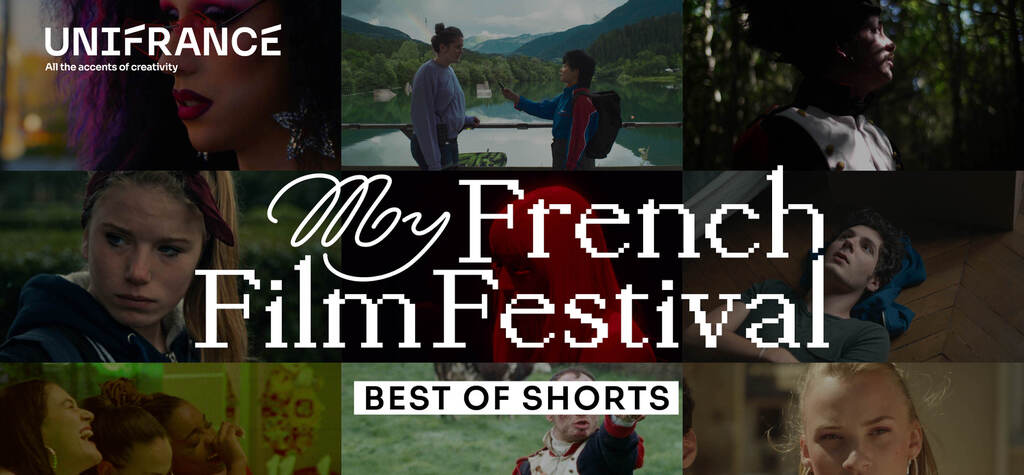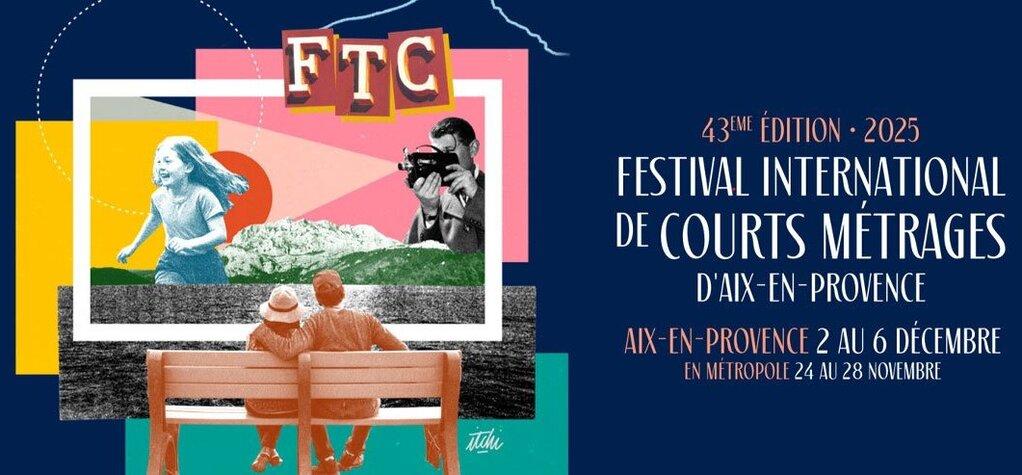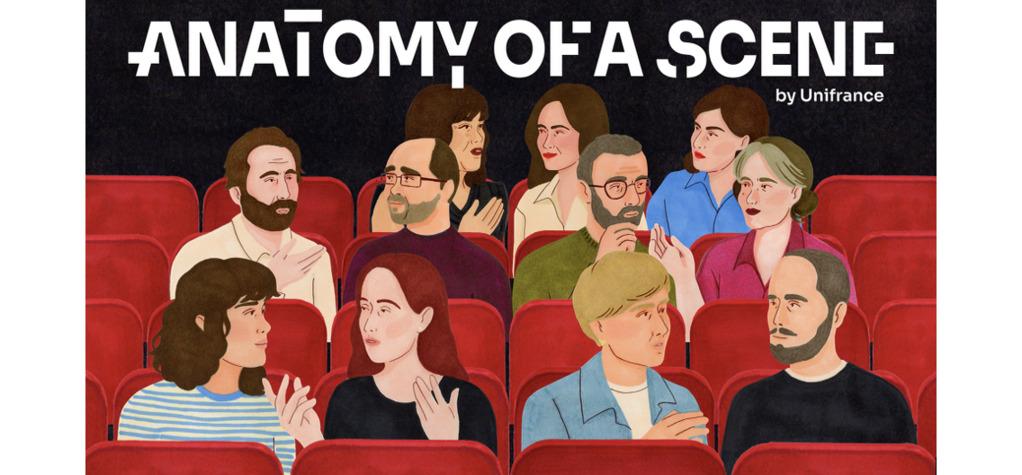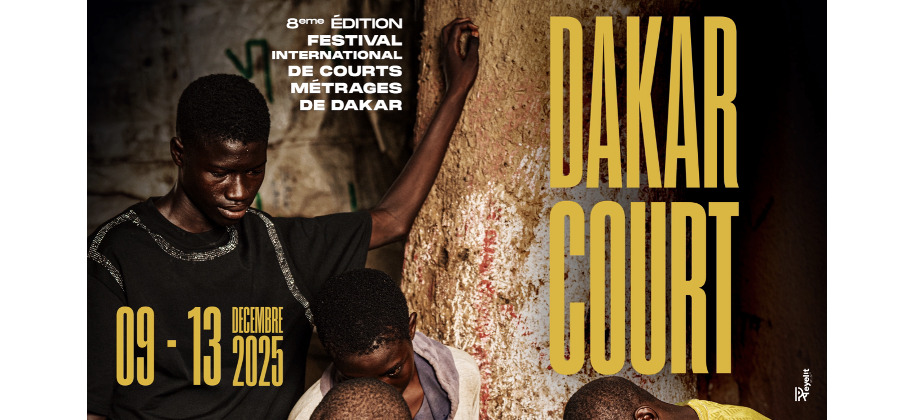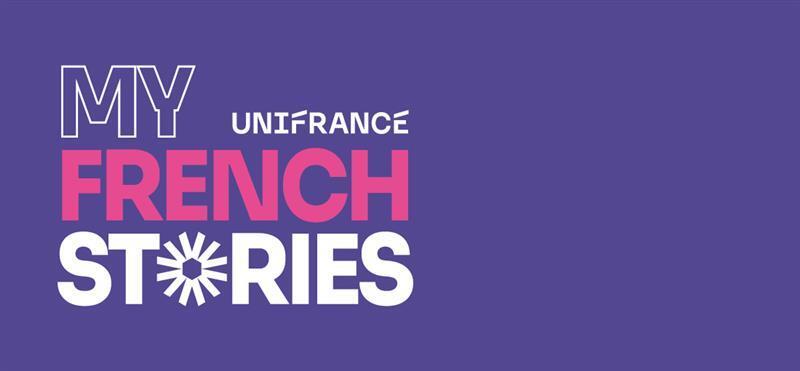The documentary series 2080, Our Futures, invites viewers to confront different scenarios for the future of humanity at the end of the century, through four independent episodes exploring the themes of transport, health, food, and entertainment. Cloë Pinot, Sales Executive at Balanga, explains how this unique hybrid series came to be, and why the first French and international broadcasters have already been won over.
Unifrance: How did the idea for this futuristic documentary series, combining scientific testimony and augmented reality, come about?
Cloë Pinot : Above all, the project arose out of a coming together of different skill sets. First of all, it was supported by the Montpellier-based producer Mad Films,with whom we worked on one of Balanga's first series (Butterfly Effect, then Déclics [in English, Innovation Effect]). The great strength of Mad Films is their expertise in special effects, and we see this clearly in 2080. Alexandre Amiel, producer at Caméra Subjective, then joined the team for this very ambitious project. We also had the good fortune to work with him and his teams on The Case and the documentary China-USA: A New Cold War. His experience in the production of premium programs is undeniable, and was invaluable in this adventure. This is also how the series' co-directors, Sarah Carpentier and Pierre Lergenmuller, started working in tandem on the project.
The combination of these two complementary producers, through Balanga, gave birth to the 2080 project.The idea behind this somewhat hybrid series is to rely above all on the projections of scientists and experts, while helping viewers to cast themselves into these possible futures, which may seem very distant (but aren't always!), thanks to fiction and augmented reality.
How did you convince broadcasters of the project's potential?
We believe that several factors played a part in their decision to work with us on this project. Firstly, the ambitious and premium nature of the project, which fits very well with their companies' DNA. Secondly, it's a highly original and innovative format that mixes fiction and documentary, something we haven't had the chance to see on television until now. It's also a different approach from other programs that may have been produced on the theme of the future, since we want to emphasize its non-deterministic nature: as our credits say, there are an infinite number of possible futures, from the most fortunate to the darkest, and it's our choices today that will determine our lives tomorrow. In this vision, we are the masters of our own destinies, as individuals but above all as a society: how do we wish to use the technology we now know (and which will continue to improve in the near future), how do we share resources, how do we ensure that the benefits of science are accessible to as many people as possible? These are all questions whose answers will shape the future of us all. It's a scientific series first and foremost, but we're also taking a broader look at social issues that affect us all, right now.
Did the fact that you were developing a scientific documentary series that also had a strong societal slant help you to target different audiences?
Absolutely, and we sincerely believe that it's content that can fit into very different slots, depending on the needs of broadcasters. Obviously, it fits in perfectly with science slots, but isn't only limited to those. It's a program that can be watched by the whole family, and can therefore be programmed in prime time. It can also find its place in slots focusing on social issues. It's truly a unique program, which allows it to transcend traditional slots.
What's more, the episodes are completely independent and deal with very different themes, so they can be programmed and watched in any order, even with a longer or shorter interval between them.
Do you have any initial feedback after the broadcast on Canal+ Docs and MyCanal?
Yes, the feedback after the Canal+ broadcast was very positive: the series was ranked as the top documentary content consumed on the MyCanal platform (excluding true crime). We're very proud of that! Especially since Canal's audience is demanding. Generally speaking, audiences seem to be very attentive to the quality of the special effects, and we've received a lot of glowing comments in this regard, with some even telling us that it looks like an American production! That's a great compliment. Audiences are also seduced by the subject itself, and its treatment: some aspects of the future make us dream (for example, being able to cure many of the pathologies we suffer from today), and others are necessary to warn us about our responsibilities (the danger of authoritarian control of entertainment, for example).
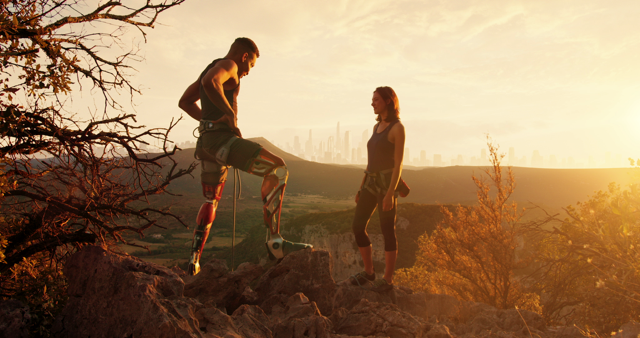
There's no shortage of dystopias and images of a pessimistic, even catastrophic future, and this is one of the scenarios explored in the series. But you also wanted to show a possible, more optimistic alternative. Was this so as to plant a seed in the collective imagination?
This is precisely the narrative concept of the series: to offer two stories in the same program that show alternative futures, one that is optimistic, even idyllic, and the other much darker, even dystopian.
We think it's very important to talk about the future. Doomsday rhetoric has its place in the debate on our common future, because the environmental situation is urgent and real. On the other hand, we're trying to show that while we have a clear responsibility for climate change, we also have the means to act to reduce its harmful effects. And this is true not only for climate issues, but also for all the social issues we face today. Perhaps by showing these other possible, more optimistic futures, we can act on other levers and raise awareness by giving hope in the possibility of another future.
Why did you choose to compose a hybrid tale between scientific testimony and augmented reality fiction? What did this technology allow you to do?
We felt it was important to show what the future might look like, not just talk about it. It's often difficult to project oneself into an environment so different from our own, in which certain elements we've always known in our daily lives may no longer exist, like the personal car for example. With augmented reality, our characters move about and develop in the settings of these potential futures, making it much easier for viewers to project themselves.
What's more, Mad Films, the series' co-producer, has real expertise in these technologies. In a studio in Montpellier, they even built the futuristic street that appears in each episode.
These fictional scenes, with their sometimes very different settings from one scenario to the next, also serve to accentuate the contrast between the two versions of the future that are presented, deliberately far apart. One is idealized, while the other is far from enviable, as the fictional scenes clearly show.
Have you already received any international interest in the film?
The series has already pre-sold in Belgium with two broadcasters, BeTV and RTBF, and in Canada, with the public broadcaster Radio Canada. We are also in discussion with other broadcasters in several territories at the moment. These issues hold a real appeal on the international market, and we think this series really stands out. It's innovative content, which doesn't just list scientific projections, but tries to use them to sketch out our daily lives in 60 years' time, and gives us food for thought about how we want to build them. So we're very confident, and can't wait to see it on screens around the world!


